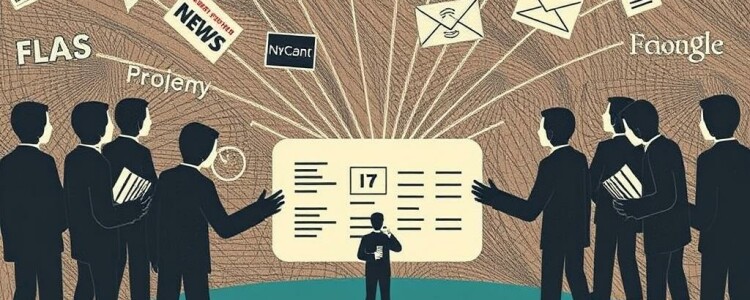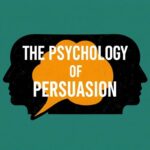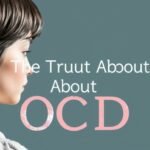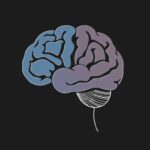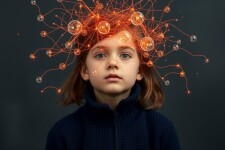In the age of digital media, information travels faster than ever before. While this rapid exchange has countless benefits, it also exposes us to a significant challenge: fake news. The impact of fake news on beliefs is profound, influencing individuals, communities, and even entire societies. Fake news undermines the foundation of informed decision-making and can lead to confusion, mistrust, and polarization. But why does fake news have such a powerful effect on what people believe? And how can we recognize and resist its influence? This article will take a deep dive into the nature of fake news, its mechanisms, and the ways it shapes ideas and opinions.
What is Fake News? Defining the Problem
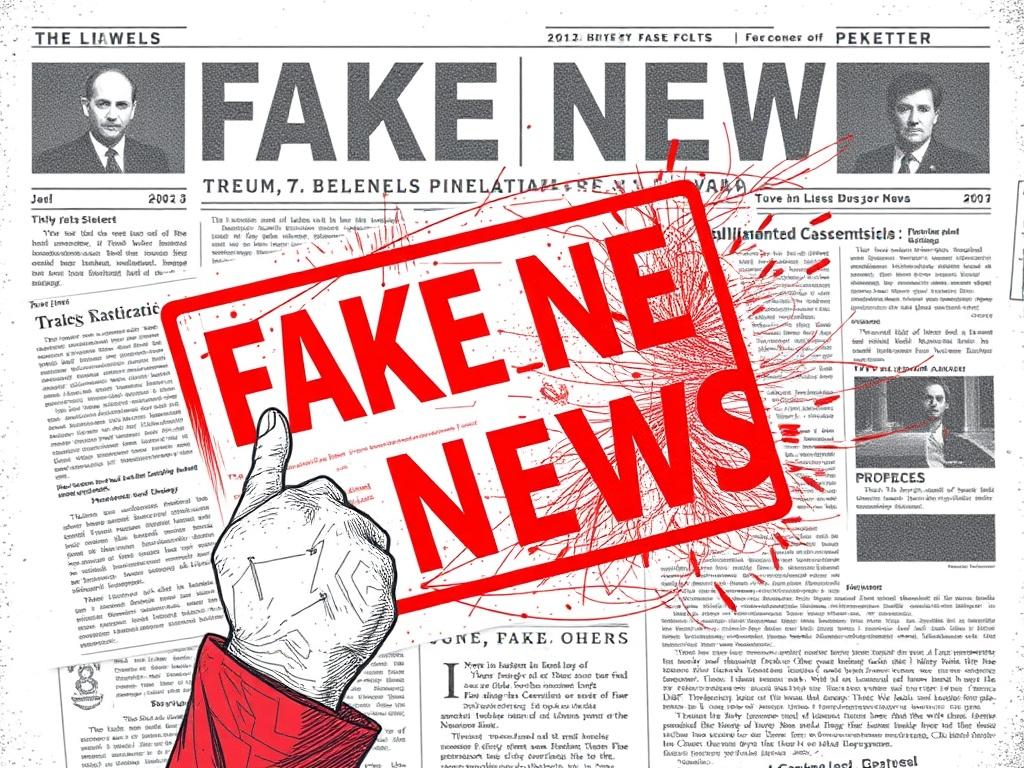
Fake news refers to fabricated or misleading information presented as real news. Unlike traditional misinformation—which might be shared unintentionally—fake news is often created with the intent to deceive, manipulate, or influence public perception. It can take many forms, including entirely false stories, manipulated images, or half-truths cloaked in seemingly credible sources.
One of the biggest challenges in tackling fake news is its diversity and adaptability. On social media platforms, for instance, the lines between genuine content and fabricated news blur because of how algorithms prioritize engagement over accuracy. Readers may unknowingly encounter clickbait headlines designed to provoke strong emotions, pushing them towards premature conclusions before critically assessing the facts.
How Fake News Spreads and Gains Belief
Fake news spreads primarily through social media channels, messaging apps, and sometimes even traditional media outlets. Its growth is often accelerated by psychological factors such as confirmation bias—the tendency to believe information that aligns with one’s existing opinions. When people encounter fake news that confirms their worldview, they are more likely to accept it without scrutiny and share it further.
Moreover, the role of influencers and opinion leaders in disseminating fake news cannot be overlooked. When credible-sounding individuals or popular figures endorse misleading information, it gains unwarranted legitimacy. This phenomenon feeds into a cycle where false information becomes memorable and deeply ingrained.
Key Psychological Factors Involved
- Confirmation Bias: People prefer information confirming what they already believe, making them more receptive to fake news that aligns with those beliefs.
- Emotional Appeals: Fake news often evokes strong emotions like fear, anger, or hope, which prompt quick acceptance and sharing.
- Cognitive Overload: In today’s fast-paced environment, people digest headlines quickly without verifying details, leading to misinformation absorption.
- Social Proof: Seeing many others share or like a piece of news increases the likelihood that an individual will believe it.
Examples of Fake News Impacting Beliefs Globally
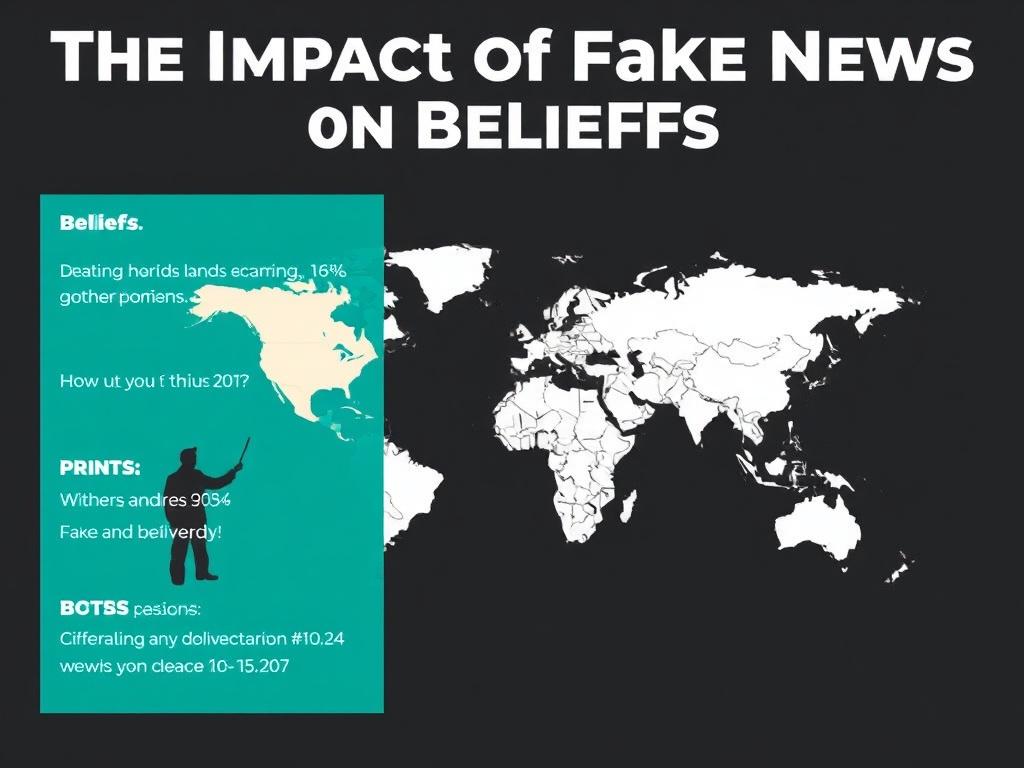
Across the globe, fake news has influenced beliefs in substantial ways, affecting politics, health, and social cohesion. Let’s explore some notable examples of how fake news has altered public perception.
Political Beliefs and Fake News
During election cycles, fake news often floods the information ecosystem, aimed at discrediting candidates or sowing discord among voters. For instance, false claims about election fraud or candidate scandals can create mistrust and deepen political divides. These fake stories often persist long after their debunking, showing how hard-changing beliefs based on fake news can be.
Health-Related Beliefs and Misinformation
Health misinformation is another critical area where fake news impacts beliefs. During pandemics, for example, false claims about cures, vaccines, or the nature of the disease itself can lead to dangerous behaviors. People influenced by such misinformation might refuse vaccinations, ignore public health guidelines, or resort to ineffective treatments, putting themselves and others at risk.
Social and Cultural Beliefs
Fake news can also shape beliefs about social groups, fueling stereotypes or escalating conflicts. Rumors or fabricated stories targeted at ethnic, religious, or cultural communities often lead to stigmatization and violence. Understanding this impact highlights the importance of media literacy and responsible information sharing.
How Fake News Alters Beliefs: The Cognitive Mechanism
The human brain is wired to make shortcuts—heuristics—to quickly interpret information. This natural tendency, combined with the abundance of information online, creates the perfect storm for fake news to alter beliefs.
Memory and Belief Formation
When people encounter fake news, they might initially recognize it as false but repeated exposure can create a “illusory truth effect.” This means the more times a statement is repeated, the more likely individuals are to believe it is true. Over time, fake news can become a part of someone’s memory, influencing their beliefs even if they recall the original claim as unverified.
Social Identity and Belief Persistence
Beliefs intertwined with social identity invite even more resistance to correction. For example, if a fake news story supports a political or cultural identity, people are less likely to discard it to avoid threatening their sense of belonging.
Strategies to Combat Fake News and Protect Beliefs
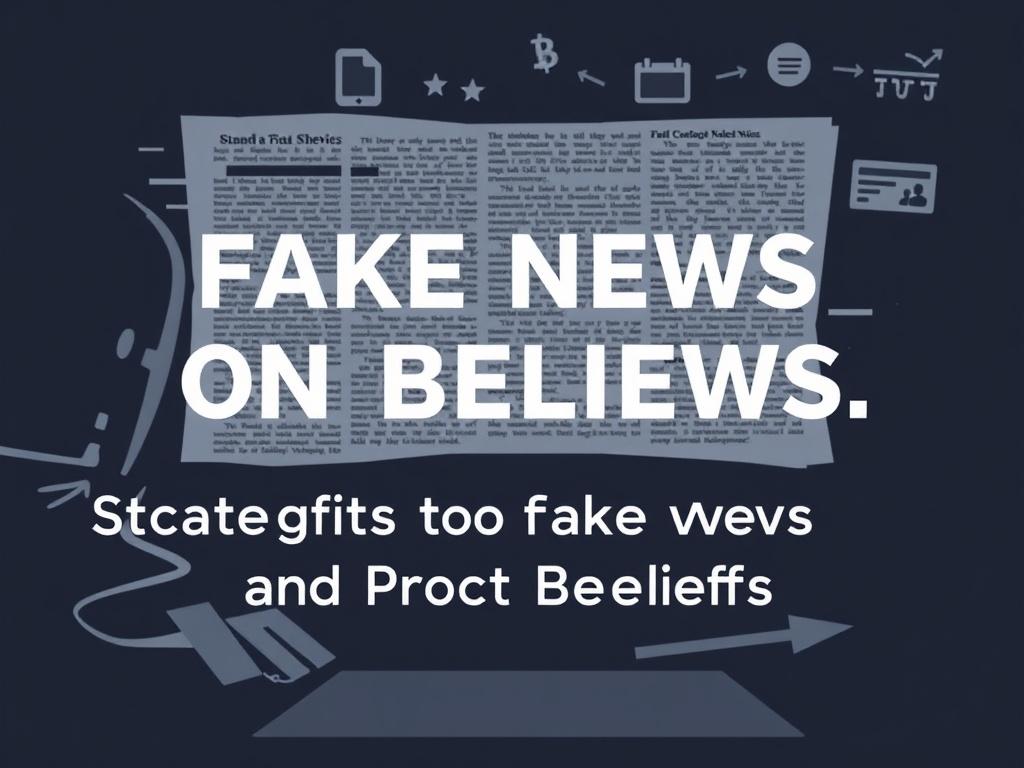
Awareness and education are critical in mitigating the impact of fake news on beliefs. Media literacy plays a vital role in enabling individuals to critically analyze sources and content before accepting it as truth. Here are some strategies:
| Strategy | Description | How It Helps |
|---|---|---|
| Cross-Verification | Checking multiple reputable sources before trusting information. | Reduces the chances of accepting false information. |
| Critical Thinking Education | Teaching people to question biases and sources critically. | Empowers individuals to spot manipulative content. |
| Fact-Checking Services | Using trusted fact-checking websites to confirm claims. | Provides objective analysis and clarification. |
| Awareness of Emotional Manipulation | Recognizing when content aims to provoke emotional reactions. | Helps slow down decision-making and prevent impulsive sharing. |
| Platform Regulation and Technology | Social media companies implementing stricter content policies. | Limits the dissemination of fabricated content. |
The Role of Technology and Social Media
Social media platforms are a double-edged sword; while they democratize information, their algorithms often favor sensationalism and engagement, propelling fake news ahead of factual content. To address this, many companies are increasingly using artificial intelligence to detect and flag potential fake news, and human moderators help manage content accuracy.
However, technology alone cannot solve the problem. Users must remain vigilant and foster habits of discernment. Educators, governments, and tech companies must collaborate to create systems emphasizing transparency, accountability, and user empowerment.
Tools and Apps to Detect Fake News
Today, several digital tools and browser extensions help users verify information quickly. Some popular options include:
- NewsGuard: Rates the trustworthiness of news websites.
- Fact Check Explorer by Google: Offers a searchable database of previous fact-checks.
- Snopes: A well-known fact-checking site debunking viral stories.
- Bot Sentinel: Detects inauthentic social media accounts spreading misinformation.
Using such tools can help reduce the impact of fake news on beliefs by giving readers a clearer lens through which to evaluate information.
What Can Individuals Do to Protect Their Beliefs?
While fake news can be persuasive, individuals are not powerless. Becoming a conscious consumer of information is key to preserving the integrity of one’s beliefs. Here are some practical tips anyone can implement:
- Slow Down: Don’t rush to share news based solely on headlines.
- Check the Source: Verify the credibility of the publisher and author.
- Look for Evidence: Reliable news usually provides data, quotes, and references.
- Question Your Biases: Be aware of your own predispositions and challenge them.
- Engage in Dialogue: Discuss information with others who hold different perspectives to gain a fuller picture.
Future Implications: The Continued Battle Against Misinformation
The spread of fake news shows no signs of slowing down as new platforms and technologies emerge. Deepfakes—sophisticated fake videos created using artificial intelligence—pose a new frontier in misinformation. This intensifies the challenge of deciphering reality from fabrication.
Nevertheless, growing public awareness about fake news and investment into education and technological safeguards give hope. The future will likely involve a more informed and cautious society that values truth and fosters resilience against manipulation.
Summary of Challenges and Opportunities
| Challenges | Opportunities |
|---|---|
| Rapid spread of misinformation globally. | Improving media literacy in schools and communities. |
| Algorithm-driven amplification of sensationalism. | Technological tools for fact-checking and content verification. |
| Emotional manipulation leading to belief entrenchment. | Psychological research informing debunking strategies. |
| Difficulty correcting entrenched false beliefs. | Collaborative efforts among tech, educators, and governments. |
Conclusion
The impact of fake news on beliefs is a complex and pressing issue that touches all aspects of modern life. As fake news continues to cloud the information landscape, it challenges our ability to discern fact from fiction, shaping opinions and behaviors in ways that can be deeply harmful. Understanding the psychological underpinnings of this phenomenon, recognizing how fake news spreads, and equipping ourselves with critical thinking tools are essential steps toward safeguarding truth and rationality. While technology and policy can help, the ultimate responsibility lies with each of us to be careful, curious, and conscientious consumers of information. By fostering a culture of media literacy and open dialogue, we can hope to resist the divisive and manipulative effects of fake news and protect the integrity of our beliefs.

